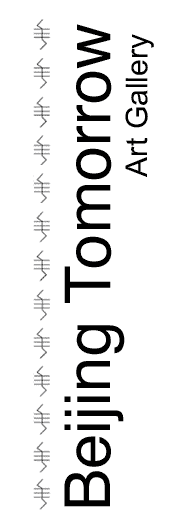 |
Daniel A. Henderson is an entrepreneur, inventor and sculptor who has been granted
26 U.S. Patents covering telecommunication systems and devices, particularly picture and video messaging to wireless devices.
His prototype wireless Picturephone was received in the National Museum of American History at the Smithsonian Institution in October 2007. He has experience in the overseas manufacturing of his own products and has successfully founded and managed several technology companies. Henderson’s companies have frequently been covered by the Wall Street Journal and business and legal publications.
Henderson has also been interviewed by National Public Radio as an industry pioneer
for the market introduction of the first Apple iPhone.
Henderson began his career with IBM, and was subsequently invited to work with
Kazuo Hashimoto, who is known as the inventor of Caller ID and the modern answering machine. He also worked with Jack Kilby, inventor of the integrated circuit, during his tenure with the Hashimoto Corporation.
His father, an artist and award-winning creative director, exposed Mr.Henderson to art early on. He spent his youth painting signs, sketching, wood working and restoring cars. This early interest in form and design and background as a technologist led to his focus on sculpture.
Henderson is involved in numerous other philanthropic efforts including The Tech Museum of Innovation in San Jose CA, the Cliburn Foundation in Fort Worth TX, and the Digital Stone Project in Hamilton NJ.
Mr. Henderson earned a BS in Business from Southern Oregon University in 1984, where he also received the 1999 Distinguished Alumni award.The Daniel A.
Henderson computer lab was named after him in the Hannon Library at Southern Oregon University a few years ago. He currently serves on the Foundation
Board for SOU since 2001 and also the Board of Visitors for the Dorman Honors College at the New Jersey Institute of Technology.
He resides in Fort Worth, Texas.
|
|
ARTIST STATEMENT:
My art explores the viral allure of technology and its unintended consequences.
I am a sculptor and an inventor who developed the wireless picturephone. Invention, like sculpture, is an artistic endeavor. Although the two disciplines utilize different mediums of expression, both share the ability to affect our perception and how we interact. My sculpture memorializes the impact that art and technology have on humanity.
In our lifetime, we have witnessed the birth of the microchip, the Internet, the ATM, video games, caller ID, the personal computer, the digital camera, and the portable cellular telephone. These ingenious machines and systems have conquered great human challenges, but not without unintended consequences.
In 2007, a prison guard utilized a cellular telephone to video the execution of Saddam Hussein, and it quickly spread across the world via the Internet, easily seen by our children. This event propelled me to think deeply about the use of technology and how it connects us interculturally yet somehow divides us interpersonally.
We should consider the ethics of products manufactured with toxic disposable materials. In a world of virtual reality with e-mail, text messaging, and Internet shopping, we are confronted with the decline in face-to-face communication, the erosion of community, and the expectation of instant gratification. I want people to talk about technology — rather than merely use technology to talk.
The scale of the sculpture both amplifies the form and functional design elements of the original objects while creating tension for the viewer unable to use them. The permanence of iconic products sculpted in stone represents the connection with the natural world and contrasts with the temporality of technology and the materials they are built from. The work is symbolic of the Art of Invention and the permanent alteration to the human landscape.
|
|




